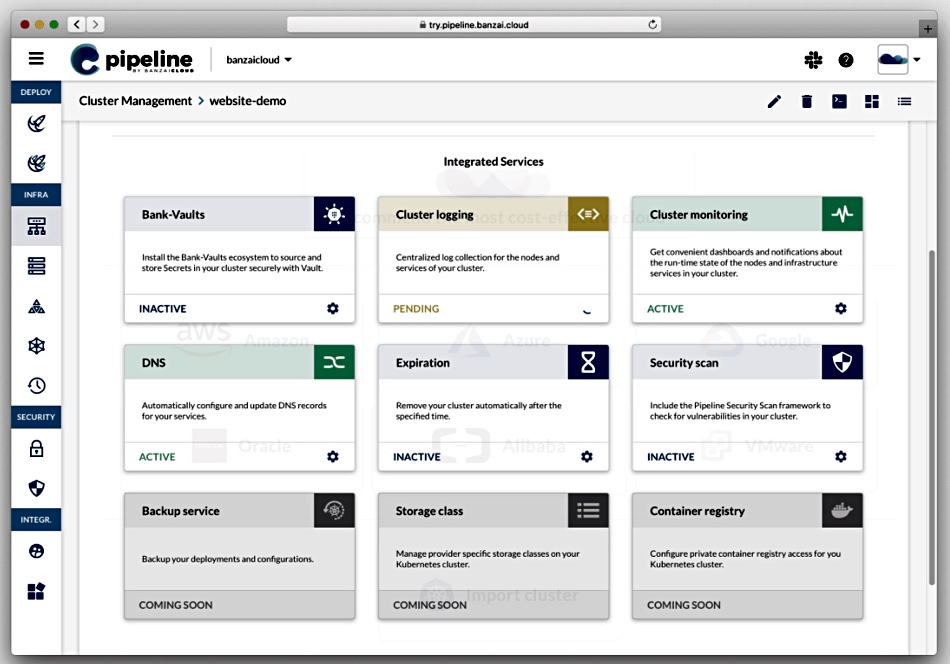Cisco is beefing up its Kubernetes capability with an acqui-hire, its second in recent weeks.
The networking giant said yesterday it is acquiring most of the assets of Banzai Cloud, an early stage start-up based in Budapest. It gains a cloud-native app development, deployment, runtime and security workflows and a dev team. Last month, the company bought Portshift, an Israeli developer of agentless Kubernetes container security.
The Banzai team – there are 37 employees at the company, according to Hungarian reports – joins Cisco’s Emerging Technologies and Incubation group, and will work on cloud-native networking, security and edge computing environments. PortShift devs also work at this business unit.

Liz Centoni, Cisco SVP for Emerging Technologies and Incubation, said yesterday: “As modern cloud-native applications become more pervasive, the environments in which these applications run are becoming thinner (containers, microservices, functions), increasingly distributed and more geographically diverse.”
So how does this mesh in with Cisco and its IT network piping? According to Centoni, the “cloud-native application relies on the network to provide application and API connectivity and a runtime platform for an ever-changing cloud topology.” These two acquisitions ”underscore our commitment to hybrid, multi-cloud application-first infrastructure as the de facto mode of operating IT.”
Not only that but a cloud-native, containerised infrastructure.

In Cisco’s recent earnings call, CEO Chuck Robbins outlined six focus areas for the company.
- 1. Focus on the application experience for customer applications with insights, visibility, security, and even networking capabilities
- 2. Deliver core networking capabilities as a service – with cloud-delivered SW and on-premises HW as a service.
- 3. Focus on communication providers: the telecom providers, the service providers, and cable providers, the cloud companies, and look at big architectural transitions like 400G, or flattening of the networks, or 5G
- 4. The future of work with remote work being more than collaboration
- 5. End-to-end security
- 6. Deliver Cisco asset capabilities to the edge (carrier, cloud, and enterprise edge)








